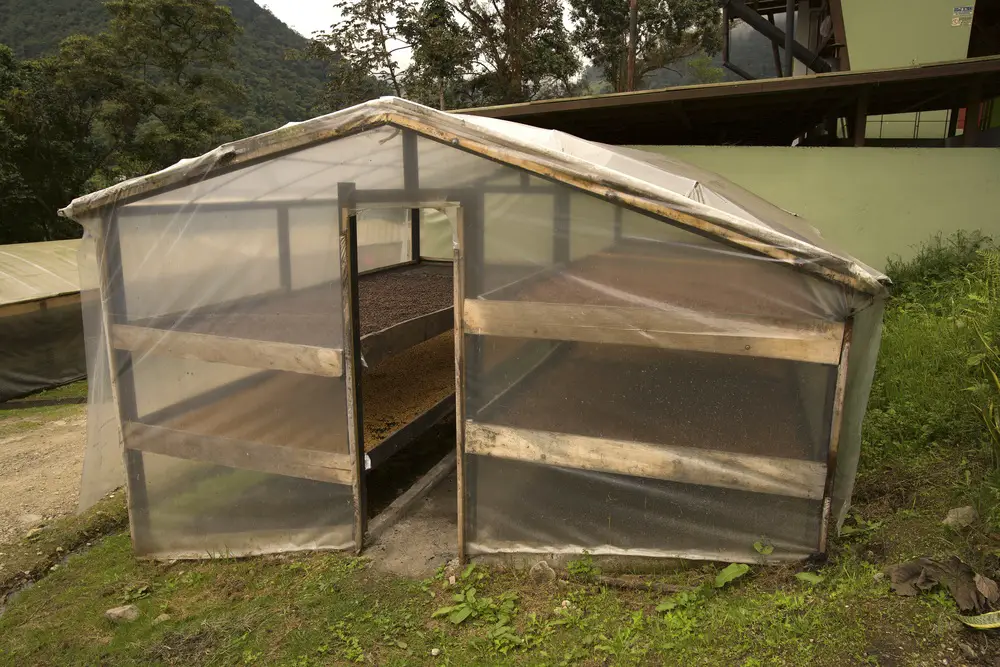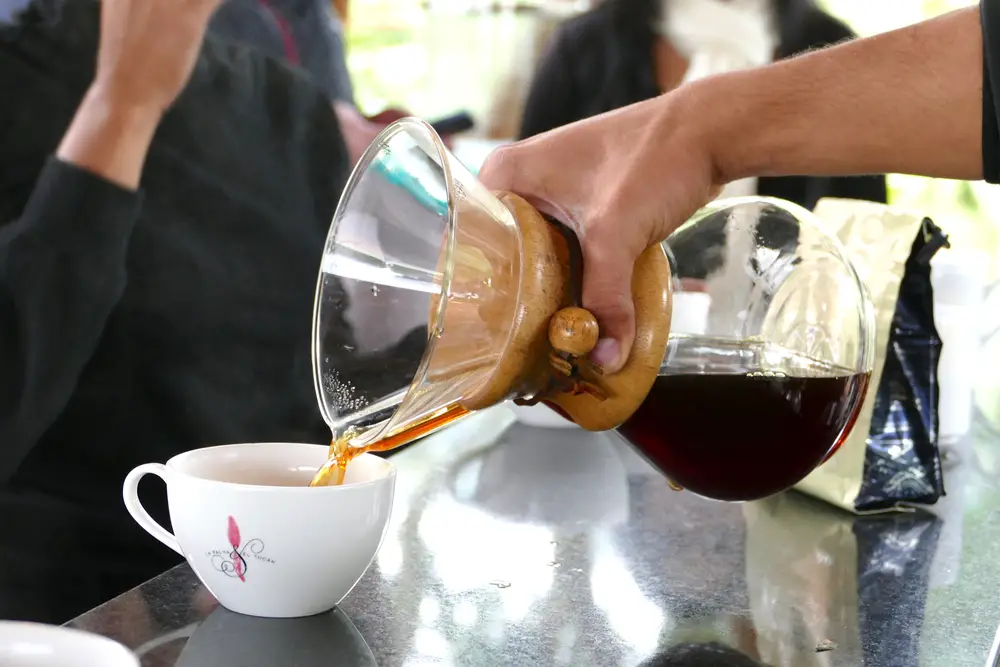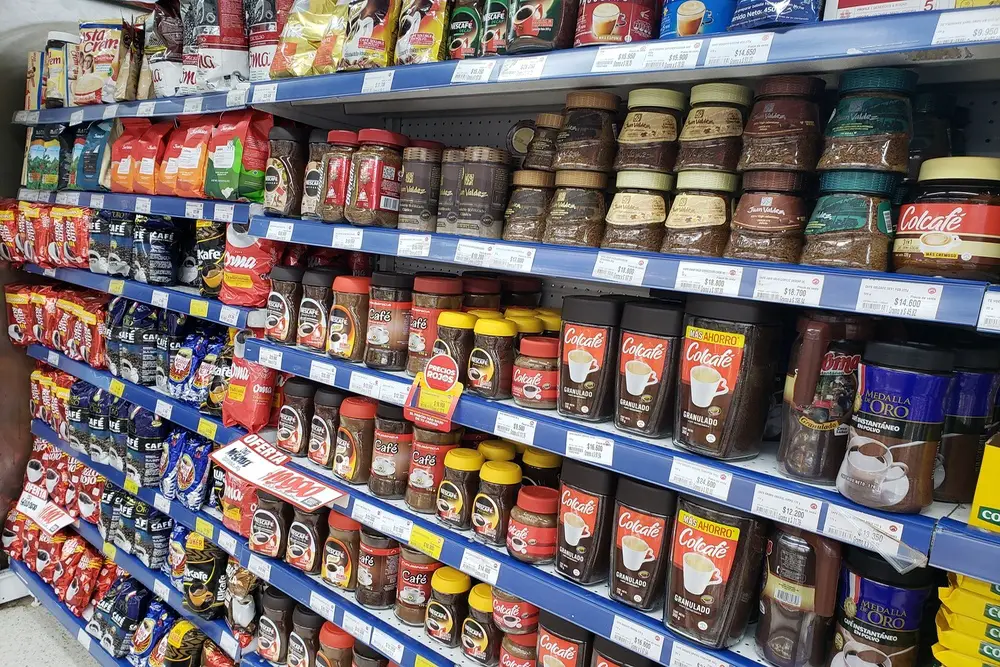About 1,000km off the coast of Ecuador lie the Galapagos Islands, an archipelago of 21 islands characterized by its unique biodiversity of flora and fauna. Coffee cultivation on the Galapagos Islands is something very special.
Table of Contents
How did coffee get to the Galapagos Islands?
Coffee came to the Galapagos Islands in the 19th century thanks to Manuel Julián Cobos, who settled here and devoted himself to the cultivation of coffee and sugar cane.
Cobos pioneered coffee cultivation in the Galapagos Islands by importing Arabica Bourbon coffee seeds from the French Caribbean colonies via Panama. These seeds were the closest match to the idea he had in mind for tasting coffee.
Cobos reached San Cristobal, one of the largest islands in the archipelago, and called in French technicians to help him plant coffee plants at his hacienda, El Progreso.
This hacienda had an area of 3,000 hectares, of which only 400 hectares were earmarked for cultivation in an area at an altitude of 300 meters above sea level.
For this reason, Cobos was known as the “Owner of San Cristóbal” in those years.
Characteristics of Galapagos coffee
The quality of the soil and the climate of the Galapagos Islands are ideal for growing coffee. However, most of the acreage on the islands is below 760 meters (2,500 feet) above sea level, which could pose a problem as poor-quality coffee is typically produced at this altitude.
One factor that influences and favors coffee cultivation, despite the low altitude, is the Humboldt Current, a low-salinity ocean current.
The cool temperatures and humid air of this current creates a microclimate in parts of the Galapagos similar to that found at elevations greater than 2,000 meters (4,000 feet) above sea level.
In this way, the favorable growing conditions in the Andes are recreated, so the coffee from the Galapagos Islands tastes and is roasted the same as the high mountain coffee from other parts of the Americas.
Therefore, the Galapagos coffee farmers grow both varieties of Arabica bean, the most popular coffee bean variety, and Robusta coffee.
Coffee from the islands is characterized by a strong acidity accompanied by a touch of bitterness, creating a pleasant sensation. Its aroma is reminiscent of peat, ash or earth that accompany the toasted smell.
The coffee from the lower-lying areas, on the other hand, usually has vegetal aromas that leave a humid forest feel.
Coffee from the islands is highly regarded and has achieved an 85 out of 100 rating in international cups, making it a specialty coffee.
Galapagos Island Facts
- The Galapagos Islands are home to the largest number of endemic species on earth. It is believed to have more than 600 native plant species and more than 800 introduced species.
- The Galapagos Islands are the second largest volcanically active archipelago on earth.
- The islands are famous for having inspired Charles Darwin, the famous naturalist, to write “The Origin of Species”, who studied the different species for a long time.
- According to the Ecuadorian Ministry of Agriculture, there are only 127 farms with coffee plantations.
- There is a specific restriction on the island that imposes a mandatory distance of 2 meters between animals and humans, and another restriction that prohibits the introduction of biological material, alien plants and agro-industrial inputs to the islands.
- Since the islands are on the equator, the sun shines intensely from 6 am to 6 pm, and yet maximum temperatures of 30°C are recorded.
- In the second half of the year, the daily temperatures on the island usually do not exceed
- 28 degrees Celsius and does not fall below 12 degrees Celsius at night.
- The Galapagos Islands are named after the giant tortoises that live there, as the word Galapago actually means tortoise.
- Since Charles Darwin’s visit in 1835, 60 volcanic eruptions have been recorded.
- The island was declared a World Heritage Site by UNESCO in 1978.
- The first island was formed by tectonic activity 5 million years ago. The eastern islands are older and have suffered from natural erosion.
- The Galapagos Islands are the second largest marine reserve on earth. In its waters one can find iguanas, underwater whales, sharks, whales and a multitude of other species.
Benefits of Galapagos Island Coffee
- All coffee is organic because the Ecuadorian government passed a special law in 1998 that banned most pesticides and agrochemicals.
- Thanks to the Humboldt Current, the islands are one of the few regions where there are two harvests per year, one from February to March and one from November to December.
- The Arabica plants produce coffee beans that are sweet with notes of caramel, chocolate, nuts and fruits. Due to the growing conditions, the coffee is less earthy and has more of a nutty-floral undertone. Unlike other countries that have more earthy coffees.
- Coffee from the Galapagos Islands is the only coffee from Ecuador to have the Designation of Origin, since the Ecuadorian Institute of Intellectual Property awarded it the certificate with this distinction in 2015.
- The certificate protects the Arabica species with the varieties Bourbon, Typica, Caturra, San Salvador, Villalobo, Catimor, Catuai and Sachimor.
- The island’s giant tortoises help keep the coffee plantations clean by eating the weeds that grow around the coffee trees, giving them a better chance of fighting off some pests.
Coffee cultivation on the Galapagos Islands
Coffee cultivation in the Galapagos Islands is possible mainly due to two factors. The first is the volcanic soil, rich in nutrients and very suitable for growing coffee.
Second, the microclimate created by the Humboldt Current means that the 1,000-foot elevation of the coffee plantations has a climate equivalent to that of the 4,000-foot elevation on the continent.
The main coffee-growing islands are Santa Cruz and San Cristobal, and more than 90% of the archipelago’s population lives on these islands. Also, the law only allows farming on these two islands to protect the unique ecosystem of this place.
Importantly, in the Galapagos, most coffee goes through an all-natural drying process to remove the coffee seeds from the cherries.
Remember that the first Bourbon seeds came from the French colonies over 100 years ago, while Typica, Caturra, Catuai, Catimor and Sarchimor originated from the Loja province of Ecuador 50 years ago.
What are the challenges of growing coffee in the Galapagos Islands?
Indeed, growing coffee in the Galapagos Islands presents many challenges.
First, there is a shortage of available labor on the islands, as coffee is considered a very unattractive profession for many people because there are less labor-intensive and better-paying jobs on the island, such as coffee making. B. fishing.
For example, on the island of Santa Cruz, collectors of coffee cherries can earn four times more than in Colombia and twice more than in mainland Ecuador.
Likewise, fresh water is scarce during harvest time, so farmers are forced to collect enough water to wash the coffee or buy water from a desalination plant, otherwise they have to use saline water that can affect the flavor of the coffee beans.
On the other hand, many of the trees on the islands are old and have an average yield of
4 bags of green coffee per hectare, while in other countries like Colombia the average is 15 bags per hectare.
Finally, the Galapagos Islands are not on the list of the best coffee producers. This is because farmers need to focus entirely on producing high-quality coffee beans and not on mass production.
It should be noted that the majority of coffee is produced on small farms, leaving farmers focused on the craft coffee niche.
Preparation methods for the Galapagos island coffee
Galapagos Island coffee is an excellent coffee for filtered brewing methods, here are a few:
Espresso
Espresso preparation is perhaps the best method considering that Arabica beans are typically grown and sold for espresso.
Making espresso is easy with the right equipment, so we can say it’s an excellent choice.
Drip broths
A batch of filter coffee can be brewed to bring out the complex flavors of Galapagos coffee. Many coffee beans and roasts can be successfully brewed using this method.
Cold Brew
Cold brew is great for Galapagos coffee as it brings out the sweeter notes of the coffee beans without sacrificing other aspects of the flavor.



